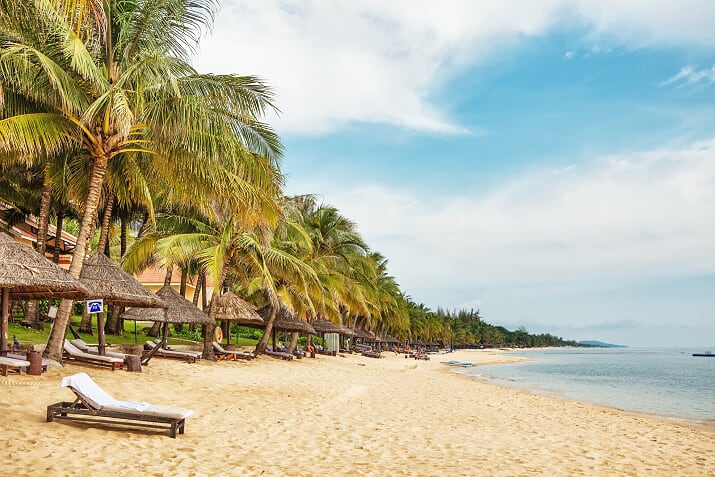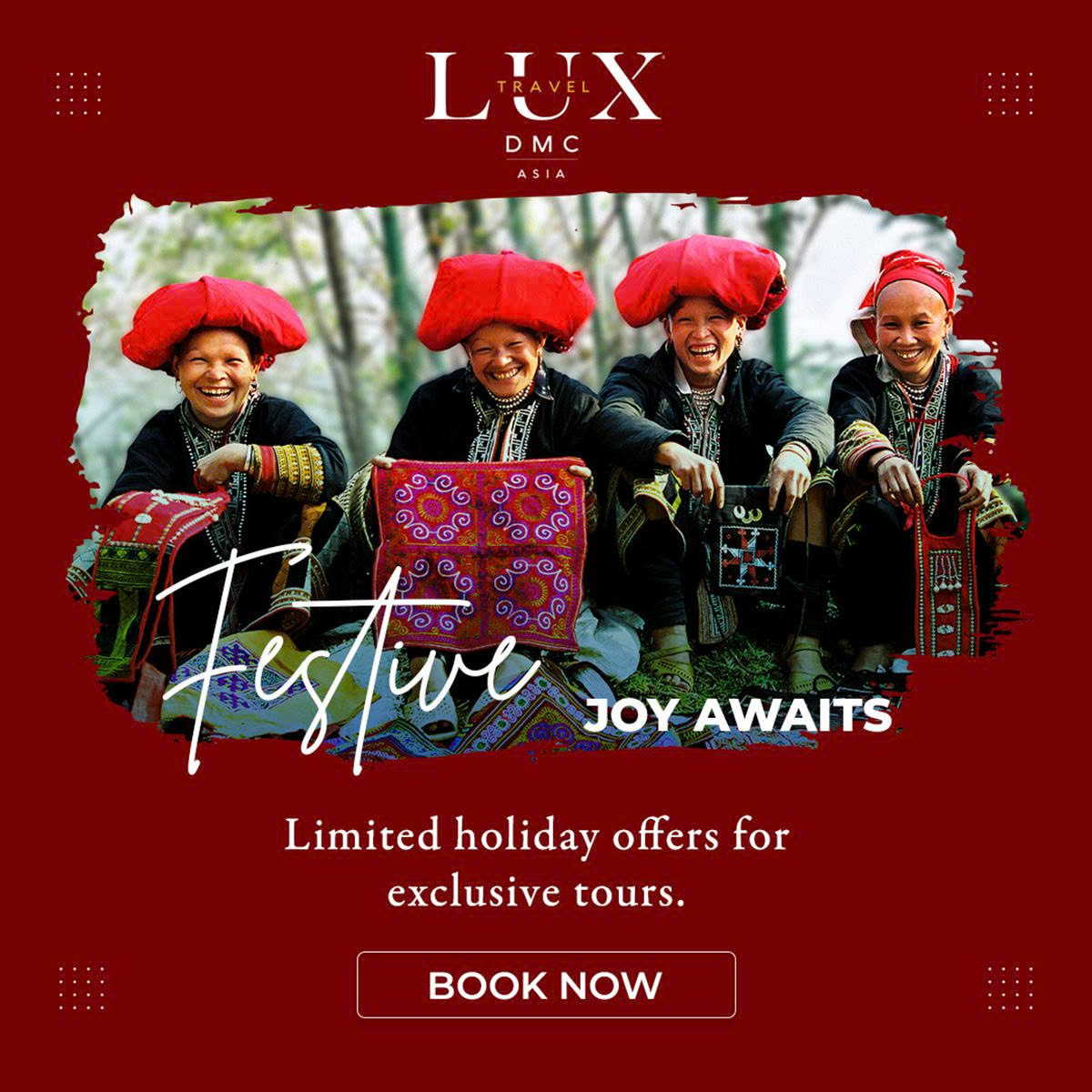Explore Our
Sapa Tour
Tucked high in Vietnam’s northern mountainous region close to the Chinese border, the former French military outpost of Sapa offers some of Vietnam’s most colorful experiences.
Vietnam’s highest peak, the 3,143m Mount Fansipan, looms overhead, while the surrounding valleys feature terraced rice paddies and blazing green fields, riddled with fast-flowing streams. The region is home to several ethnic minority groups, all wearing their traditional and colorful attire.
To reach Sapa, one can take a train to Lao Cai and then a bus to Sapa. Travelers can visit the colorful Bac Ha Hill Tribes in the Sunday market where the Nung, Dao, Tay, Cao Lan, Paxi and Xa Phong minorities in their colorful clothes also take part.
The best time to witness the scenic beauty of Sapa is from April to September. The beginning of the year, the weather might be cold and foggy and it is the rainy season from October to December
Explore Our
Sapa Tour
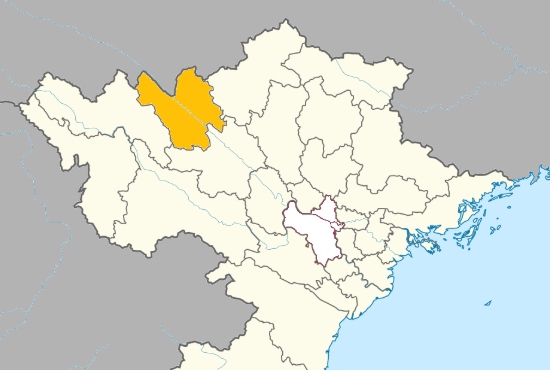
Our Luxury Sapa Tour Tours
Travel Guide
1. Where Is Sa Pa?
Sa Pa District is in Lào Cai Province, Northwest Vietnam, 380 km northwest of Hanoi close to the border with China. Sapa is located on the ground at an altitude of 1500 to 1650 meters compared with the sea surface.
2. Top 12 Interesting Things To Enjoy In Sa Pa
- Enjoy a herbal bath at Ta Phin Village.
- See a performance in the tơn square every Saturday night.
- Bring toothbrushes for kids and reading glasses for craft workers.
- Visit the craft workshops in Lao Cai Village.
- Sample the local wines.
- Buy vintage fabrics upstairs in the central market.
- Visit the studios of local artists, many prominent Hanoi artists stay in Sapa in summer.
- Visit regional markets such as Mung Hum, Coc Ly, and Bac Ha.
- Accept invitations to eat with a local family.
- Collect children's clothes and shoes to bring with you as you trek.
- Donate school stationery to a local school.
- Teach English phrases to your hotel staff team.
3. What To Experince In Sapa Hoiladay?
Sapa has many natural attractions to visit such as Ham Rong Mountain, the Silver Waterfall, Rattan Bridge, the Bamboo Forest, and Ta Phin Cave. Sapa is also the starting point for many climbers who want to reach the top of Fansipan mountain the highest peak in the Indochina peninsula. The pyramid-shaped mountain is covered with clouds year-round and temperatures often drop below zero, especially at high elevations.
Local markets
Visitors to Sapa will have the opportunity to discover the unique customs of the local residents by visiting Bac Ha market, running every Sunday. Coc Ly market is open on Tuesday, Can Cau market on Saturday, Cao Son market on Wednesday and Lung Khau Nhin on Thursday.
Surrounding villages
Home to ethnic minorities who live the same way as they have done for centuries. Catch xe om (motorbike taxi) from town, or for the full mountain challenge, trek there on foot and visit villages including Ban Ho Village, Cat Cat Village, Lao Chai Village, or Ta Van Village.
Other activities
Observe an ancient tradition, where ethnic minority people go to find a partner at the “Love Market”, which takes place on Saturday evenings.
Muong Hoa Valley
Hike through the lush and green valley meeting friendly locals en route and staying overnight in a home-stay in the villages.
4. Top Luxury And First Class Hotel For Sapa Tour
VICTORIA SAPA RESORT AND SPA
- Address: Xuan Vien Street, Sapa
Built as a traditional mountain chalet with accented wooden décor and a welcoming stone hearth fireplace, the Victoria Sapa Resort & Spa overlooks the village, blending perfectly with the natural surroundings.
TOPAS ECOLODGE RESORT
- Address: 24 Muong Hoa, Sapa
Simplicity, quality and character located 20km from Sapa town. Situated in a perfect location between two cone-shaped hills set deep in the spectacular Sapa Valley. The ecolodge consists of 25 individual lodges placed in a circle. From the lodge, there are breathtaking views across the scenic valleys below.
CHAU LONG SAPA II HOTEL
- Address: 24 Dong Loi, Sapa
This hotel lies perched on a hill offering beautiful views of surrounding forests, fast streams, and Vietnam’s highest peak. The hotel is within walking distance of Sapa Market and features an onsite restaurant and bar which serves Asian and Western dishes.
SAPA PANORAMA HOTEL
- Address: 10 Hoang Dieu Street, Sapa
Nestled in the heart of the market area, the Sapa Panorama Hotel is an ideal spot from which to discover Sapa. With the city’s main attractions such as Sapa Catholic Church, Sapa Museum, and Sapa Lake close by, visitors to the hotel just love its location. The 5th-floor restaurant has panoramic views across to Mount Fansipan.
SAPA AMAZING HOTEL
- Address: Dong Loi Road, Sapa City Center
Conveniently located in the center, Amazing Hotel Sapa is a great base from which to explore this vibrant city. Smart, contemporary rooms, restaurant, wi-fi, spa, fitness center and indoor swimming pool make this a popular choice.
5. Top Restaurant Need To Enjoy For Sa Pa Tour
PARADIES VIEW RESTAURANT
- Address: 18 Pham Xuan Huan street, Sapa.
One of the most highly recommended restaurants in town with delicious local food in addition to Vietnamese dishes made to order.
RED DAO
- Address: 4B, Thac Bac Street, Sapa Town.
An excellent place to dine out in Sapa, the restaurant offers a range of interesting Vietnamese and European meals at very affordable prices.
THE HILL STATION
- Address: 7 Muong Hoa, Sapa
Very nice ambiance and good service that deserves a try.
ANTIQUE SAPA
- Address: 22A Phan Xi Pang, Sapa
The design brings the traditional style. They offer local Vietnamese food and Chinese food.
6. How to get threre?
Train: The Sapa Victoria Express offers a luxurious option from/to Hanoi to Sapa. Regular trains also ply the route or visitors can travel by bus, from Hanoi’s Old Quarter, along the recently (2015) upgraded road. Whether traveling by train or bus, booking in advance is essential.
7. The Great Time For Sa Pa Tour
Sapa enjoys four distinct seasons and provides year-round relief from the tropical climate of the lowlands and cities.
- Spring is blossom time in Sapa, with the valleys painted with the flowers of peach, pear, pomelo and the plum trees. Orchids are in full bloom, the fragrances amazing. The ethnic people, in their colorful costumes, their smiling faces, and festivals, welcome you. Crop planting begins. March-April.
- Summer, probably the most favorable time of year to visit weatherwise, brings gladioli, dahlias, pansies, and sunflowers. The fruit is ripening; the markets are full of colorful baskets of local produce. Artichokes are in bloom; their flowers covered to protect from birds. The rice terraces covered in green plants. Winemaking begins. May-August.
- Autumn brings the forest fruits, fungi, mushrooms and a whole range of spices such as star anise, cardamom, and cinnamon. Medicinal herbs and roots gathered, mountain herbs dried. The green fields turn golden in preparation for harvesting. Many cultural activities held among the ethnic communities. Sept – Nov.
- Winter brings frost to the valleys covering them with sparkling silver. Discover crisp blue skies but also clouds and maybe even snow. It can get very cold, especially at night. These are hard times for remote villagers. Dec- Feb.
8. The Local Foods To Try In SaPa
BARBEQUE
Sapa is famous for its barbeque cuisine. Every evening the fires are lit and all kinds of special foods are made ready for the grill. Among the fresh cút ò pork and chicken you will see suckling pigs, small birds, duck eggs and many vegetables on offer.
COM LAM
It is fragrant sticky rice cooked in bamboo sticks. Eat with sesame seed and chill salt.
BLACK CHICKENS
It can be found in the market. thy look like they have been dipped in indigo dye but in fact, the coloring is natural even the bones are "black". It tastes much like normal chicken but has a slightly gamier flavor.
BUFFALO IN LEMON LEAF
It is a local bbq delicacy made from marinated bbq buffalo meat wrapped in a tangy bitter lemon salad leaf. This lemon salad leaf is only found locally grown in Sapa.
DUCK EGGS
They are one of the popular snacks in Sapa and are considered a nutritious food. in the markets in Sapa, you will see many duck eggs however be warned usually they come with a 19 to 21 dáy old embryo inside.
9. Eleven Travel-wise Tips For Sa Pa Tour
- Book a central compartment on the train for comfort away from the bathroom and between the front and rear wheels.
- Have a warm jacket handy as the air conditioning on the train can be set to sub-zero.
- Pre-book your transfer from Lao Cai train station to avoid the cháo of tái and coáces arrival.
- Eat well before you take the overnight train to aid sleep. Only snacks are served from the trolley on the train. Pack water and nutritious snacks and fruits.
- Dress comfortably for your journey and bring good quality earplugs.
- Pack some gifts for children such as pencils, crayons, exercise books, toothbrushes, and soap. Please don't give them money or sugear candies.
- On arrival drink plenty of water. The air conditioning on the train and the thin mountain air can cause dehydration and fatigue during your first trek.
- Wear sunscreen. The sunburn through the mountain clouds and can easily cause sunburn.
- Any donation of children's clothing can be deposited at the Sapa Rooms Hotel.
- Don't give sweets to children - give fruit instead.
- Dress modestly. For trekking, the local people do not show a lot of flesh
10. Festivals Of Local People In Sapa
TET
The Lunar new ear celebrations take place on the first morning of the first day of the lunar new year. Families return to their home towns. Children receive little red envelopes of money. Homes are decorated with chrysanthemums bonsai trees and family shrines are decorated with peach or plum blossom. This is the most significant Vietnamese celebration.
GAU TAO
This takes place on the rice fields around Ta Van village after Tet. Colored eggs sold in the market. Hmong and Giay compete for in traditional games, dance and play music.
DIET SAU BO
On 5th May people eat sour plums to kill stomach worms and eats cakes made from fermented rice and bee eggs to ward off insects from the new rice crop.
COM MOI
This is to celebrate the new rice at harvest time. They make sticky rice cakes They clean all the tools, tapes a small piece of red paper on each (fo good luck) and display them in a basket under the family shrine.
LANTERN FESTIVAL
This takes place at the full moon in mid-October. Each community makes a GIANT fancy lantern to parade around the town. Fish are released into the lake and there is a prize-giving for the bét lantern each year.
11. Important responsible travel tips for visiting Sapa
- Respect local H'mong, Red Dao, and other ethnic minorities' customs
- Ask permission before photographing local people
- Support authentic local handicrafts, not mass-produced items
- Learn basic greetings in Vietnamese and local languages
- Dress modestly, especially in villages and markets
- Stay on marked trails when trekking to prevent erosion
- Don't pick wild plants or disturb wildlife
- Carry out all trash, especially on mountain trails
- Use reusable water bottles to minimize plastic waste
- Support eco-friendly trekking companies
- Book homestays through legitimate local families
- Use certified local guides for treks
- Buy handicrafts directly from ethnic minority artisans
- Try local dishes at family-run restaurants
- Support community-based tourism initiatives
- Use proper trekking equipment to ensure safety
- Follow guide instructions on mountain paths
- Respect farming areas and rice terraces
- Don't trek alone in remote areas
- Be prepared for weather changes
- Visit villages with official local guides
- Respect photo policies at rice terraces
- Support fair trade shopping initiatives
- Choose responsible tour operators
- Avoid over-tourism by visiting during off-peak times
- Be mindful of local customs and traditions
- Don't give money to children who should be in school
- Participate respectfully in local activities
- Learn about ethnic minority cultures
- Support local education initiatives
- Be prepared for sudden weather changes
- Use appropriate gear for trekking
- Stay on designated paths in foggy conditions
- Keep emergency contact numbers handy
- Follow local weather warnings
- Bargain respectfully at local markets
- Buy directly from ethnic minority sellers
- Avoid mass-produced "ethnic" souvenirs
- Support local weaving cooperatives
- Use fair pricing practices
12. The essential Do's and Don'ts for traveling in Sapa
- Book trekking tours with licensed local guides
- Wear appropriate hiking shoes and weather-suitable clothing
- Support local ethnic minority vendors at Sapa Market
- Stay at authentic homestays to experience local culture
- Try local specialties like thang co and salmon
- Take photos of the stunning rice terraces
- Carry warm clothing - weather changes quickly
- Use a reliable walking stick for mountain treks
- Respect local farming activities
- Learn basic greetings in H'mong or Dao language
- Don't trek alone in remote areas or during bad weather
- Don't give money to children selling items on streets
- Don't take photos of local people without permission
- Don't wear revealing clothing in villages
- Don't venture off marked trails while hiking
- Don't bargain too aggressively with ethnic vendors
- Don't litter on trekking paths or in villages
- Don't ignore weather warnings
- Don't pick plants or disturb wildlife
- Don't buy mass-produced "ethnic" souvenirs
- Watch your step on slippery terrain
- Keep emergency numbers handy
- Stay hydrated during treks
- Follow guide instructions carefully
- Be prepared for fog and rain
Remember: Sapa is a unique destination where responsible tourism helps preserve both cultural heritage and natural beauty. Respect for local customs and nature will enhance your experience.
Meet our Expert


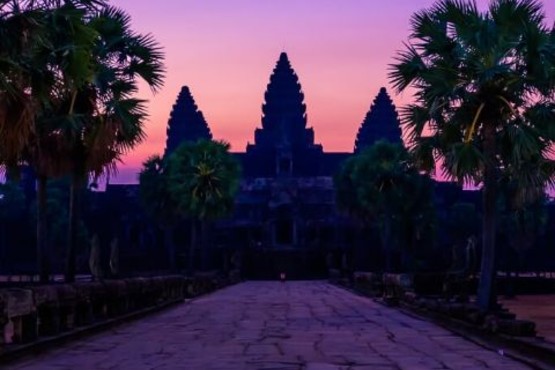

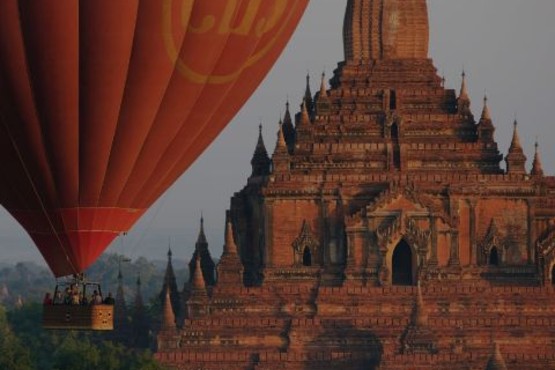
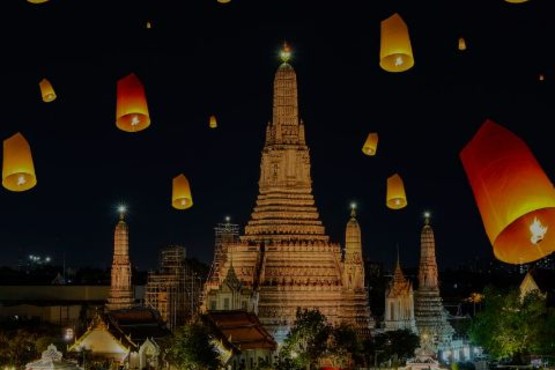
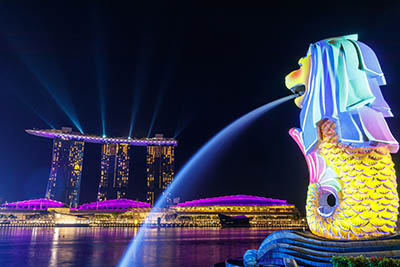

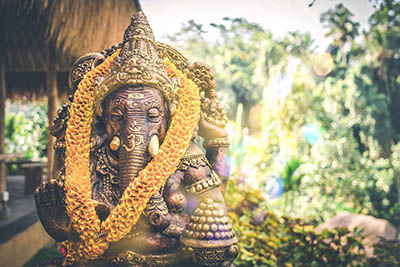
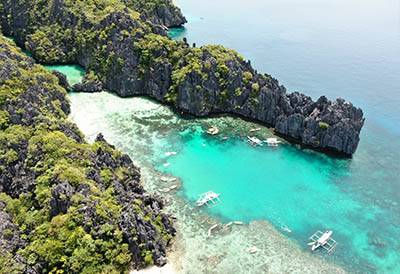
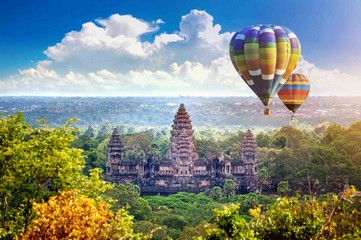
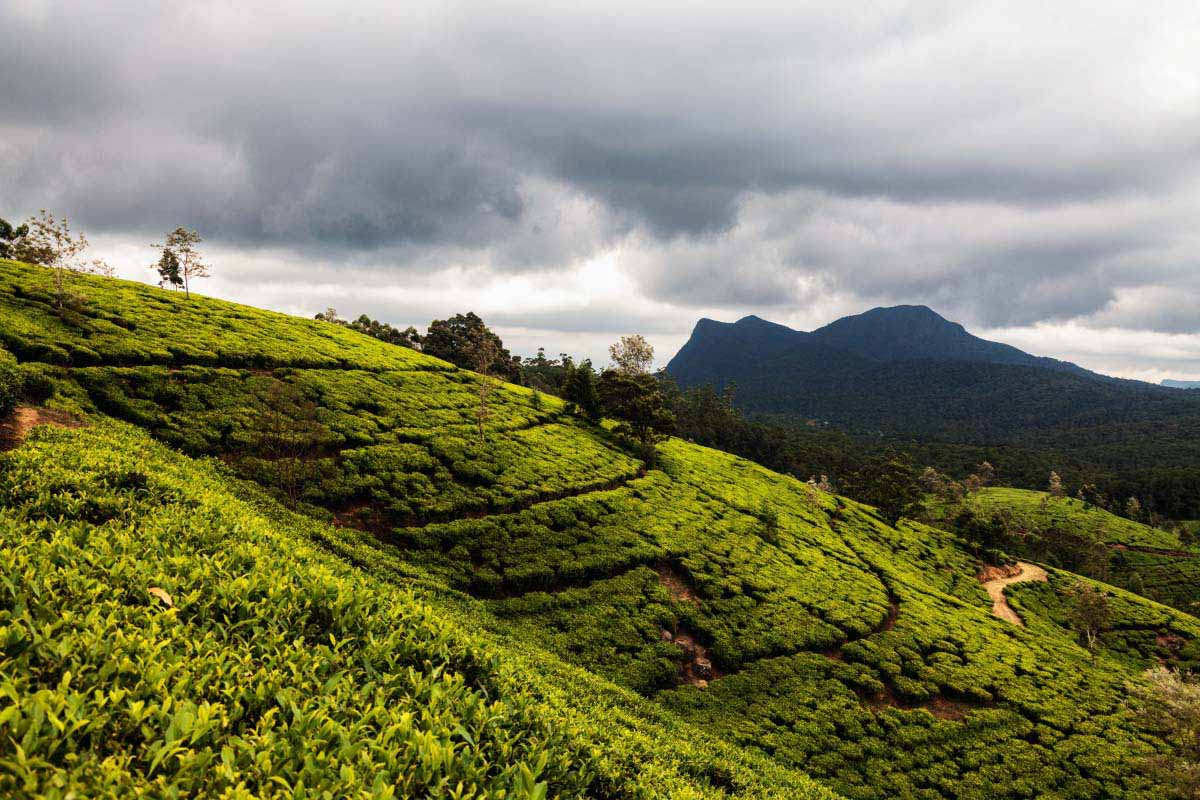
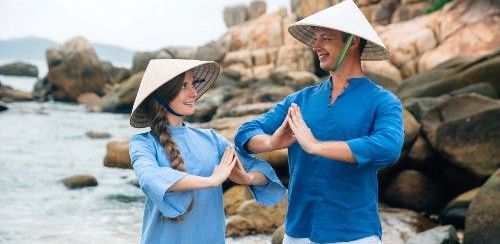


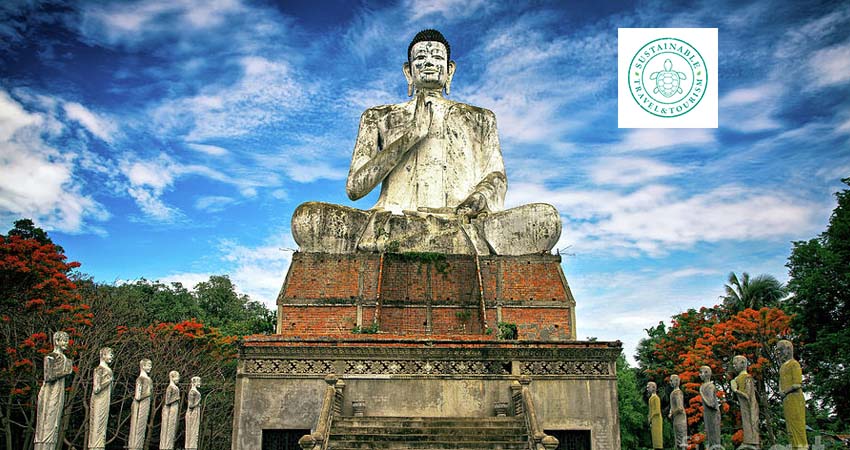

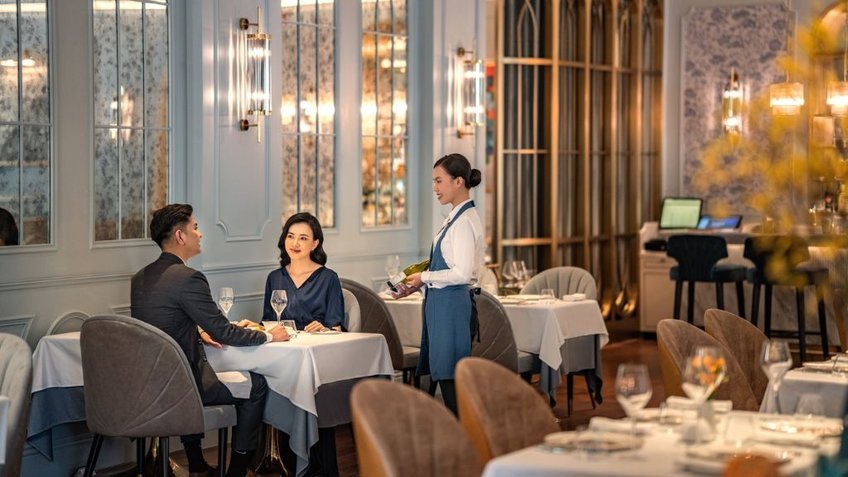

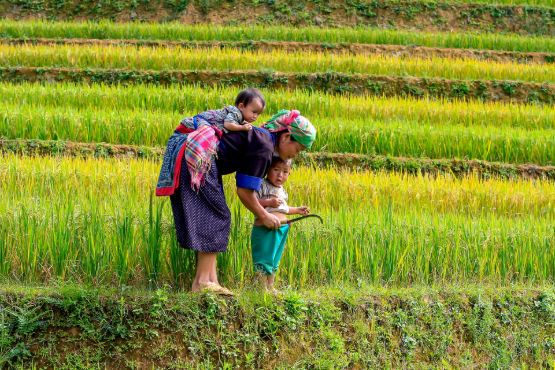
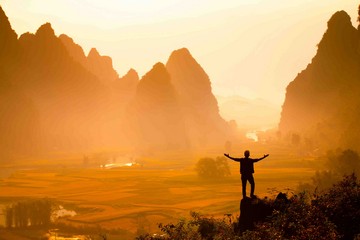
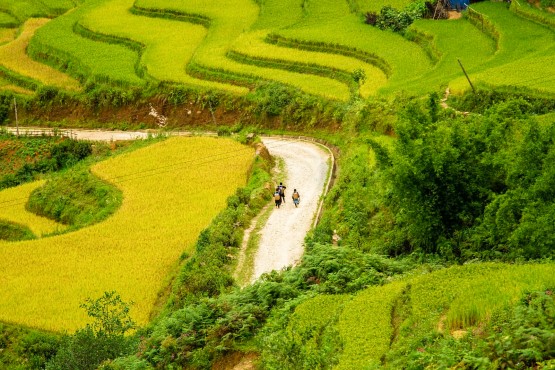
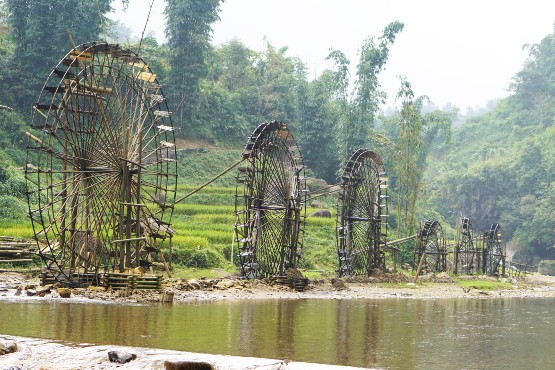

.jpg)

